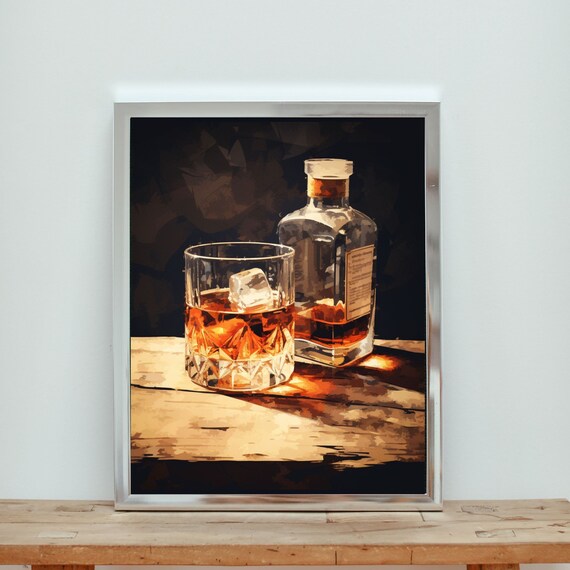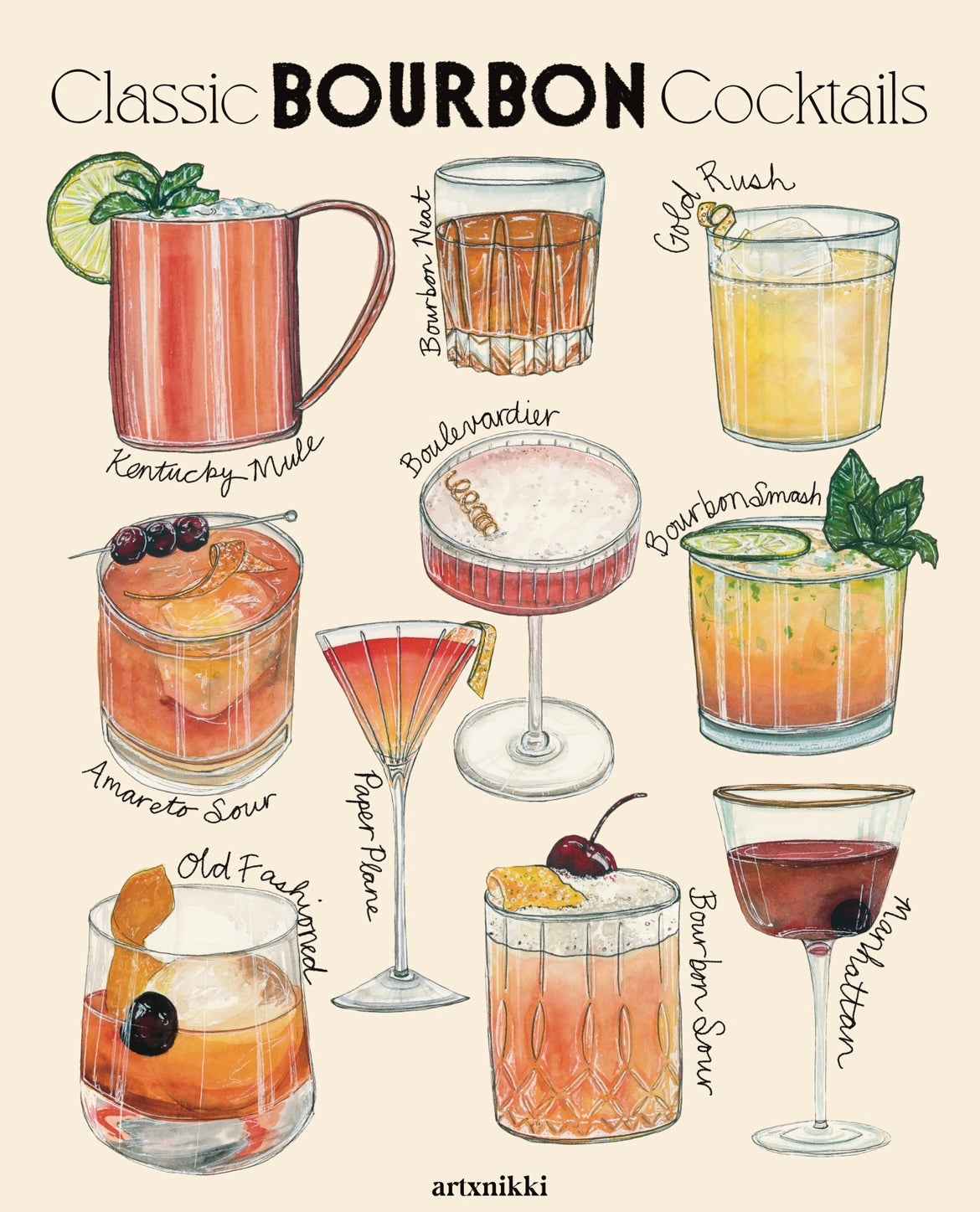The Significance of Whiskey Art in Celebrating Heritage and Workmanship in the Beverage Industry
The elaborate relationship between whiskey art and the event of heritage and craftsmanship within the drink sector can not be overemphasized. Through thoughtfully developed tags and containers, whiskey brands encapsulate their historical origins and the artisanal abilities that define their manufacturing approaches.
The Historic Origins of Whiskey
At the heart of whiskey's allure exists an abundant tapestry of historic origins that trace back to ancient worlds. The origins of bourbon can be connected to the purification techniques of the Sumerians and Babylonians around 2000 BCE, where very early types of fermented grain drinks began to emerge. It was in the Middle Ages that the art of purification advanced dramatically, specifically in Ireland and Scotland, leading to the production of bourbon as we know it today.
The term "whiskey" itself originates from the Gaelic word "uisce beatha," indicating "water of life." This phrase emphasizes the social importance of bourbon in Celtic cultures, where it was usually related to rituals, celebrations, and public bonding. By the 15th century, distillation became an identified craft within monastic areas, leading the way for the facility of lawful distilleries.
As profession courses expanded, whiskey's popularity grew, going beyond local borders and recording the passion of aficionados worldwide. Whiskey Art. This historical trip shows not just the craftsmanship behind scotch production but likewise its important function in cultural and social contexts, marking it as a significant drink throughout background
Artistic Expression in Branding
Bourbon branding stands as a compelling junction of creativity and business, where visual identity plays an important role in forming consumer perception. The visual appeals of whiskey tags, packaging, and marketing products reflect not just the brand name's story but additionally its core worths and heritage. Via imaginative expression, distilleries share a narrative that reverberates with consumers, stimulating emotions and stimulating links.
Using color, typography, and images in branding serves to distinguish products in a saturated market. Conventional themes might evoke a feeling of credibility and craftsmanship, while modern-day styles can indicate development and forward-thinking. This critical artistic instructions boosts brand acknowledgment and commitment, allowing consumers to build a personal connection with the bourbon they pick.
Furthermore, creative expression in branding often functions as a party of local heritage. Distilleries frequently integrate regional icons or historic references into their styles, producing a feeling of area that invites consumers to take part in a more comprehensive social experience. Inevitably, the artistry behind whiskey branding not only improves visual charm however additionally improves the total story of the brand name, cultivating a much deeper appreciation for the craftsmanship and heritage embedded in each bottle.
Workmanship in Container Layout
The virtuosity noticeable in whiskey branding extends past aesthetic identification to incorporate the workmanship associated with bottle style. Each bottle functions as a vessel not simply for the spirit within, yet likewise for the tale it tells concerning its tradition, origin, and top quality. The layout procedure needs precise attention to information, as aspects such as material, closure, and form contribute dramatically to the general understanding of the whiskey.
Workmanship in bottle layout includes selecting high-quality glass that can improve the whiskey's shade and clearness, while also supplying a tactile experience for the customer. The silhouette of the container need to be both useful and aesthetically appealing, frequently mirroring the heritage of the brand. Several distilleries go with one-of-a-kind shapes or printed logos that evoke a feeling of authenticity and history.
Moreover, the label style and typography play an essential duty in communicating the brand's story. Bourbon Art. A well-crafted bottle not just captivates the consumer's eye however additionally reinforces the brand's dedication to quality and tradition. This way, the workmanship of bottle design ends up being an essential aspect of the scotch experience, merging artistry with a profound regard for read what he said heritage
Social Value of Whiskey Art
Celebrating custom and workmanship, the social value of whiskey art transcends mere looks, linking with the social and historic stories of the areas where it stems. Each container acts as a canvas, depicting the unique stories, folklore, and traditions that have shaped local whiskey-making practices. The intricate designs frequently reflect the heritage of the distillers, incorporating symbols and motifs that reverberate with the society and worths of their neighborhoods.

Furthermore, bourbon art plays an essential function in common events and celebrations, serving as a substantial web link in between people and their shared experiences. By appreciating the virtuosity in scotch packaging, consumers grow a much deeper understanding and respect for the craft, ultimately improving their satisfaction of the beverage itself.
Modern Trends in Whiskey Discussion
Recently, the presentation of bourbon has actually developed to reflect modern tastes and fads while still recognizing conventional craftsmanship - Realism Art. Distilleries are progressively concentrating on visual aspects that enhance the general drinking experience, linking the gap in between heritage and modernity
Ingenious container styles have actually arised, typically incorporating lasting materials and creative labels that tell engaging stories. Several brands currently collaborate with neighborhood artists, instilling their products with special aesthetic expressions that resonate with customers. Additionally, limited-edition launches are often packaged in collectible containers, including worth and appeal for aficionados.

Verdict
In conclusion, scotch art offers as an important channel look these up for sharing the heritage and workmanship fundamental in the drink sector. Via elaborate branding, ingenious container layouts, and culturally significant artistic aspects, scotch brand names properly honor their traditions and get in touch with consumers. This creative story not just boosts the appreciation of whiskey yet also reinforces community identity and pride among producers. Ultimately, whiskey art plays a vital function in preserving and commemorating the abundant cultural tapestry of whiskey-making.


Workmanship in bottle style entails choosing high-quality glass that can improve the whiskey's color and quality, while also supplying a tactile experience for the consumer. In this means, the craftsmanship of bottle layout becomes a crucial facet of the whiskey experience, merging virtuosity with a profound respect for heritage.
In final thought, bourbon art serves as a crucial avenue for expressing the heritage and craftsmanship intrinsic in the drink industry.